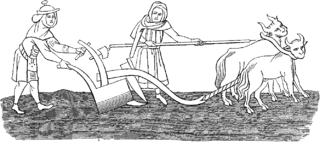I occasionally post an entry when I experience good|bad customer service. Today I find myself about Siemens. Last year I had need of a spare part for our gas hob (EC745RC90E/01), it was a very small part, one of the four feet on the centre grid. I successfully found the spare parts page where an exploded parts diagram was displayed.
The middle grid was included but not the small feet. I figured that this must be a mistake and phoned. I was disappointed to be told that I could not buy just the feet but that I could buy a complete replacement grid for £83.66. I questioned their seriousness and eventually declined their generous offer. Exit one unhappy customer with no intention of ever buying another Siemens product.
Fast forward to the present and we suffered a problem with our Neff microwave. The engineer came out, identified the problem, ordered parts, arranged to come back and fix them, did so and all was hunky dory. I was very happy with the engineer and the service provided by Neff. While talking to the engineer I contrasted how well this problem had been handled with my experience with Siemens. It turns out that Neff, Siemens and Bosch among others are all members of BSH Group and the engineer services all of these brands. He looked up the details of the Gas Hob and found the same thing that I had but he was able too look a little deeper and found part number 616281, which is a set of RUBBER FOOT PAN SUPPORTS (with 4 units), price: £1.03! I ordered a set, they arrived in the post a couple of days later, they fit, I'm a happy camper.
So where does that leave me … Conflicted
!


